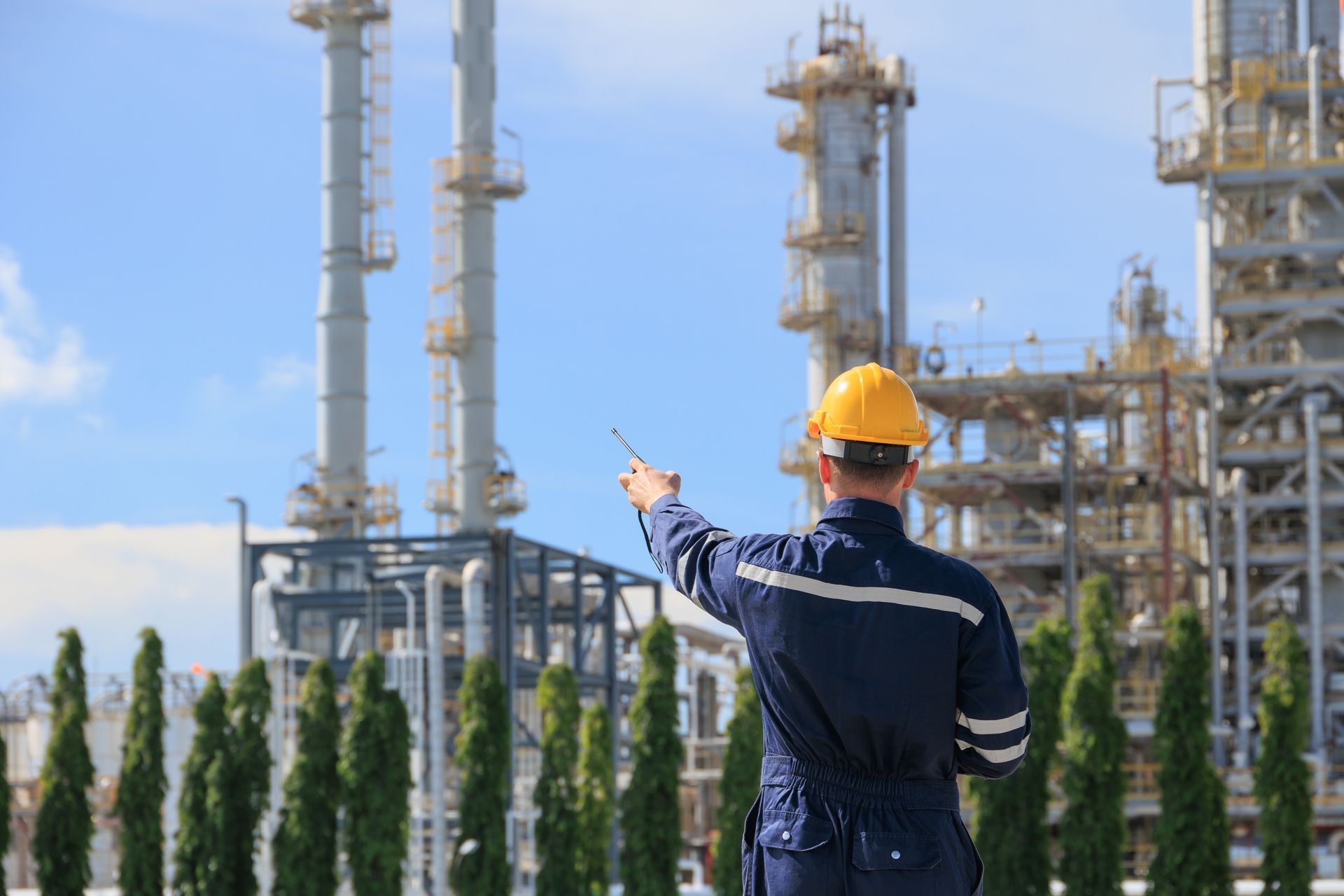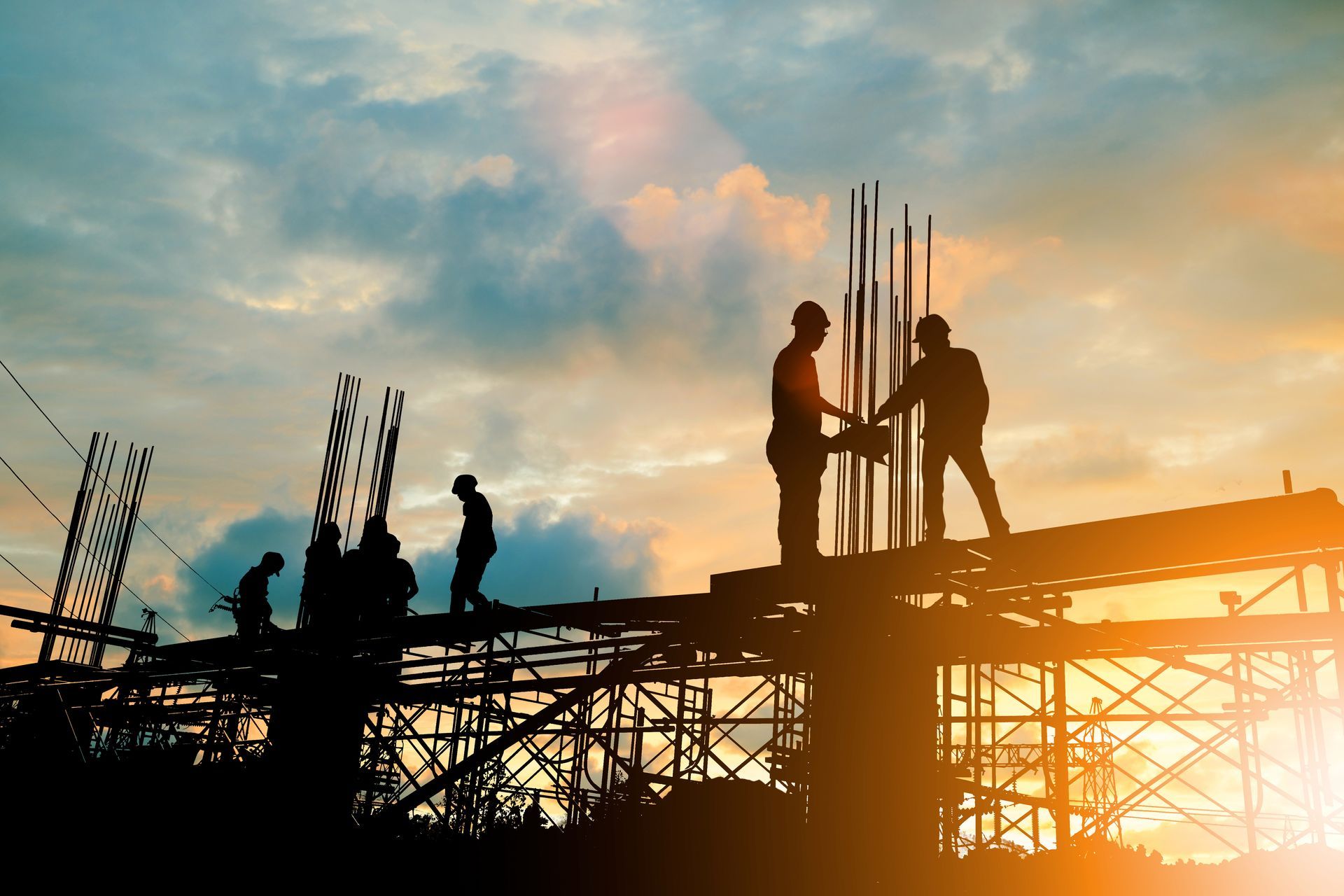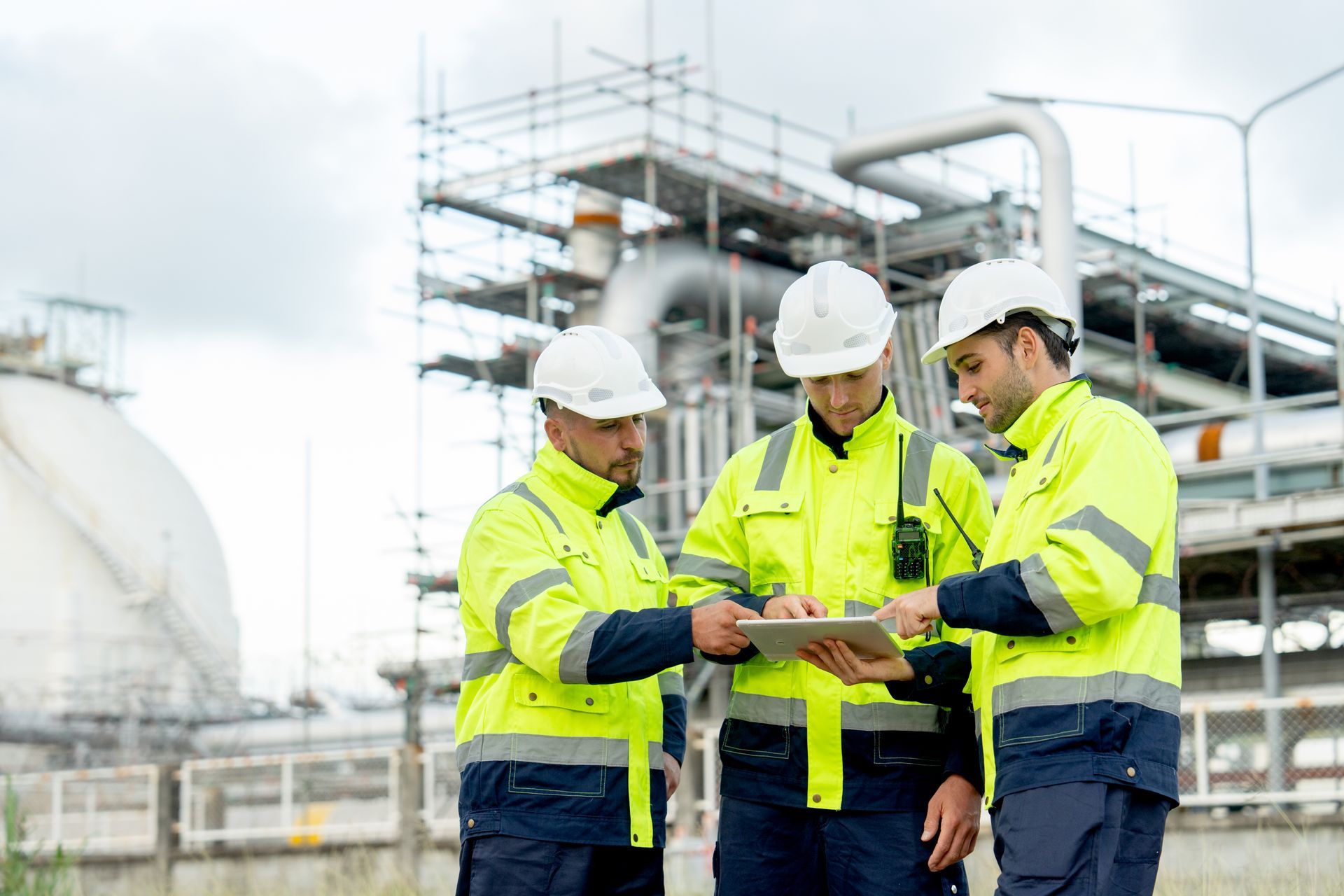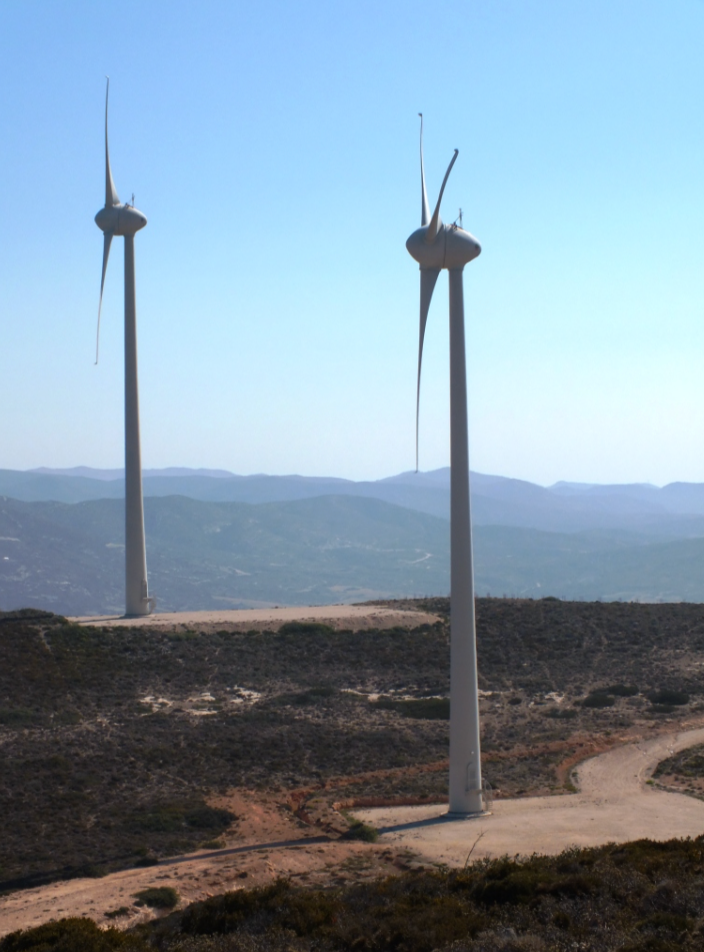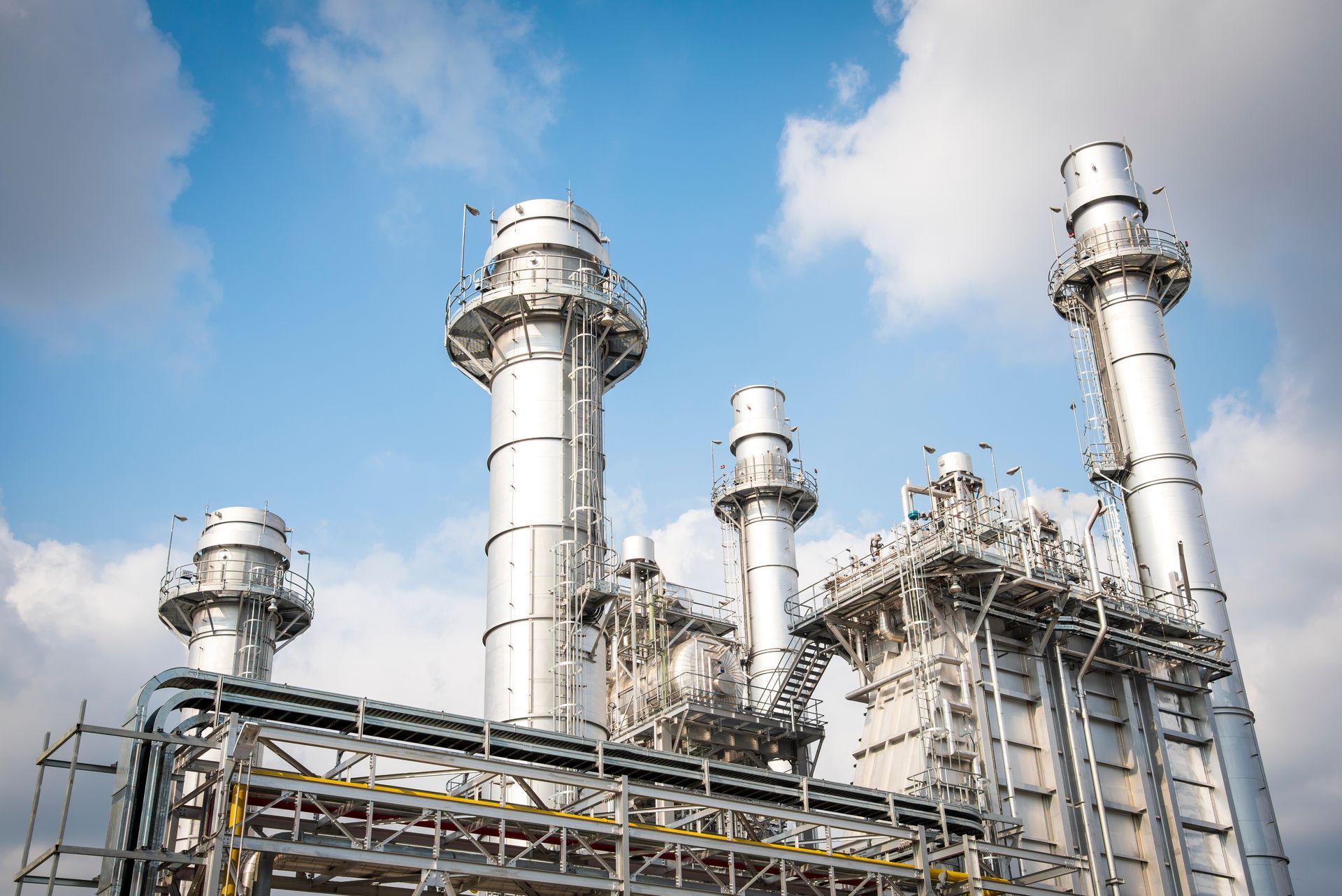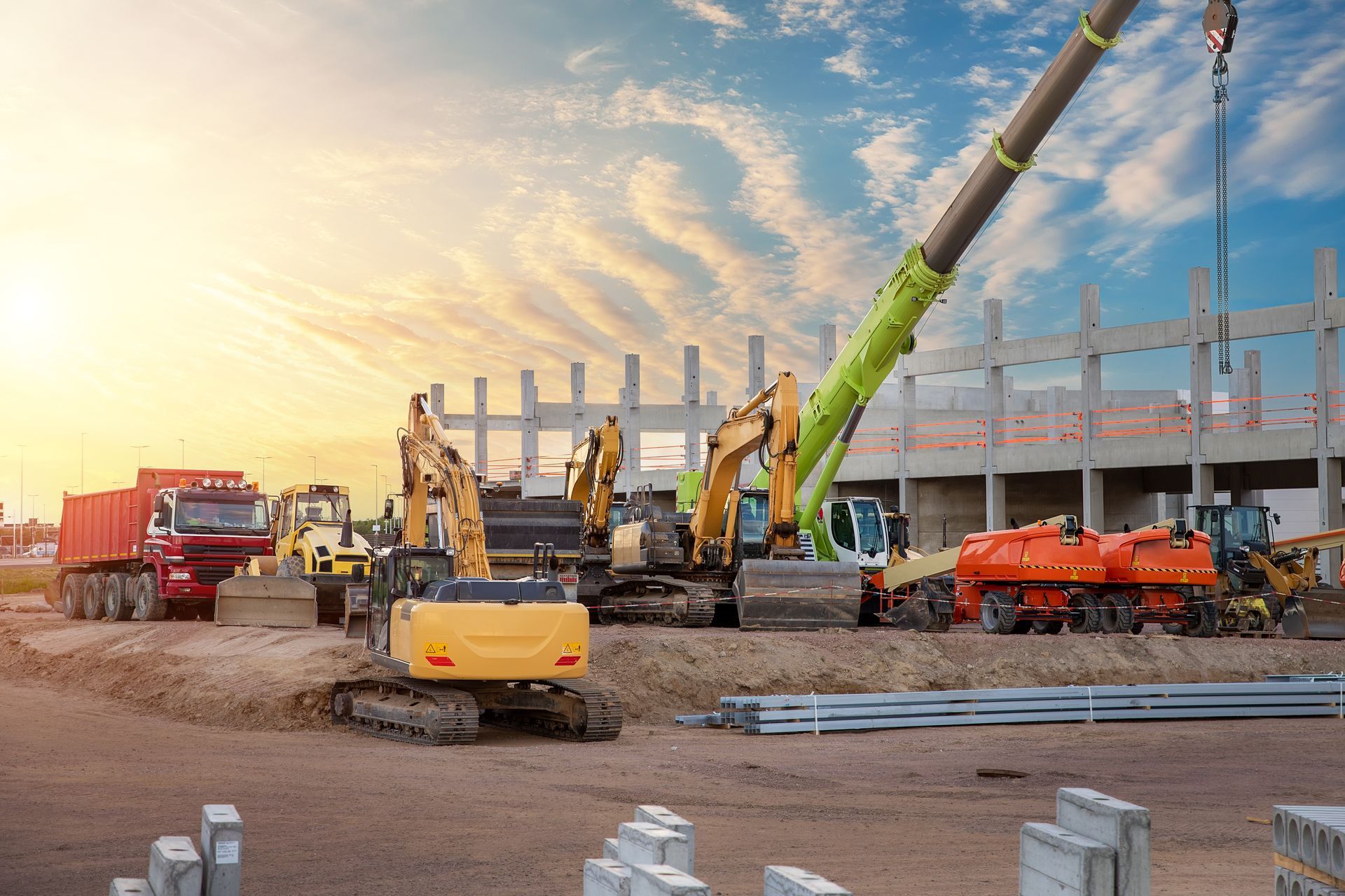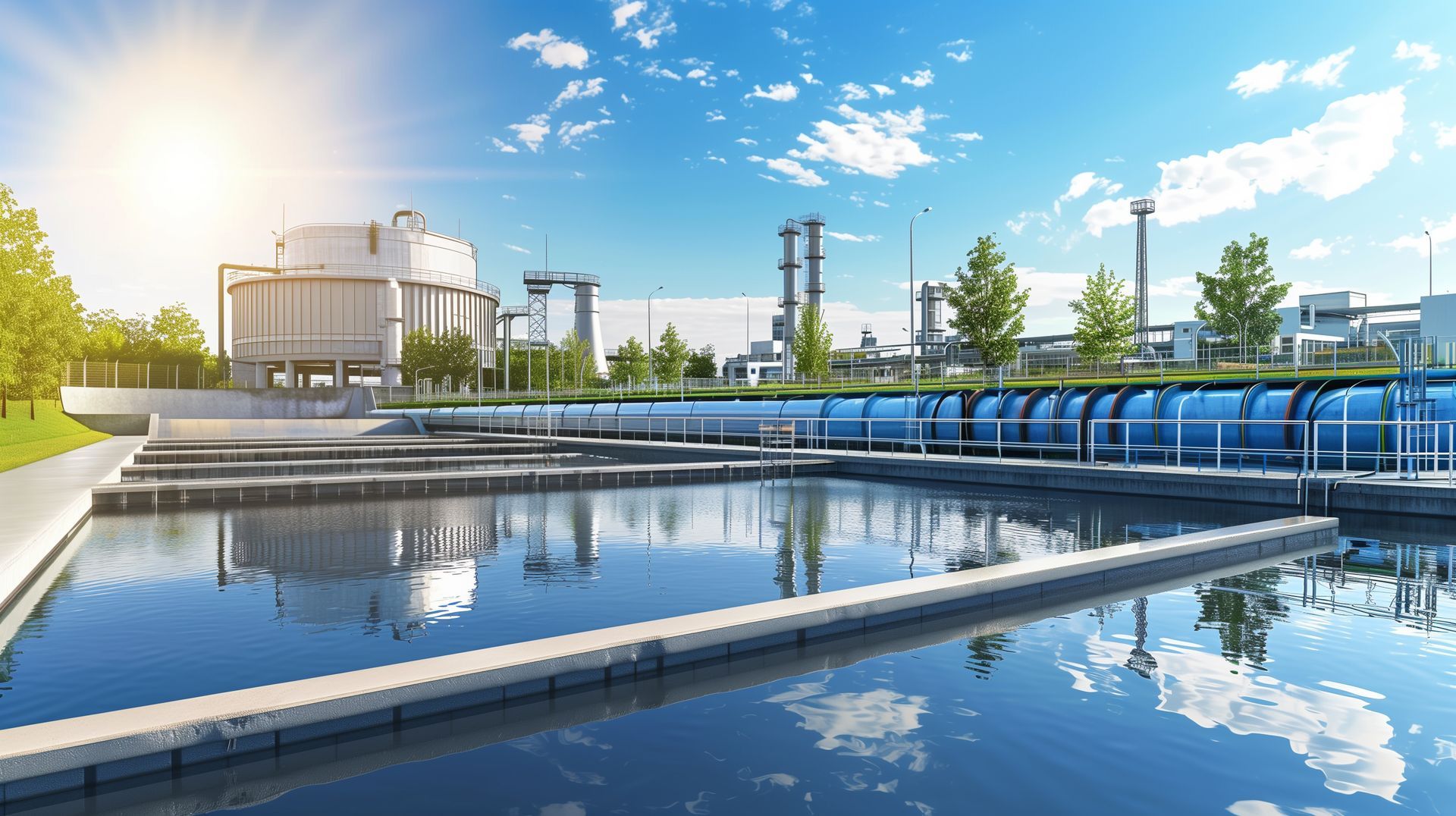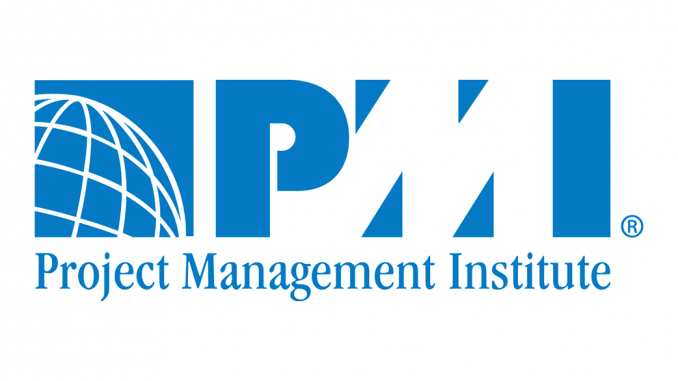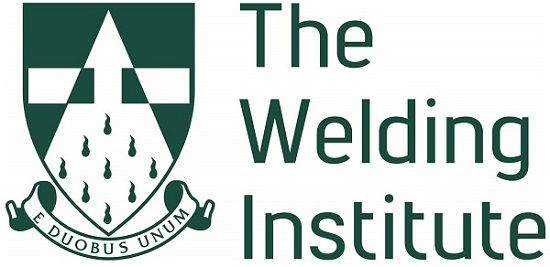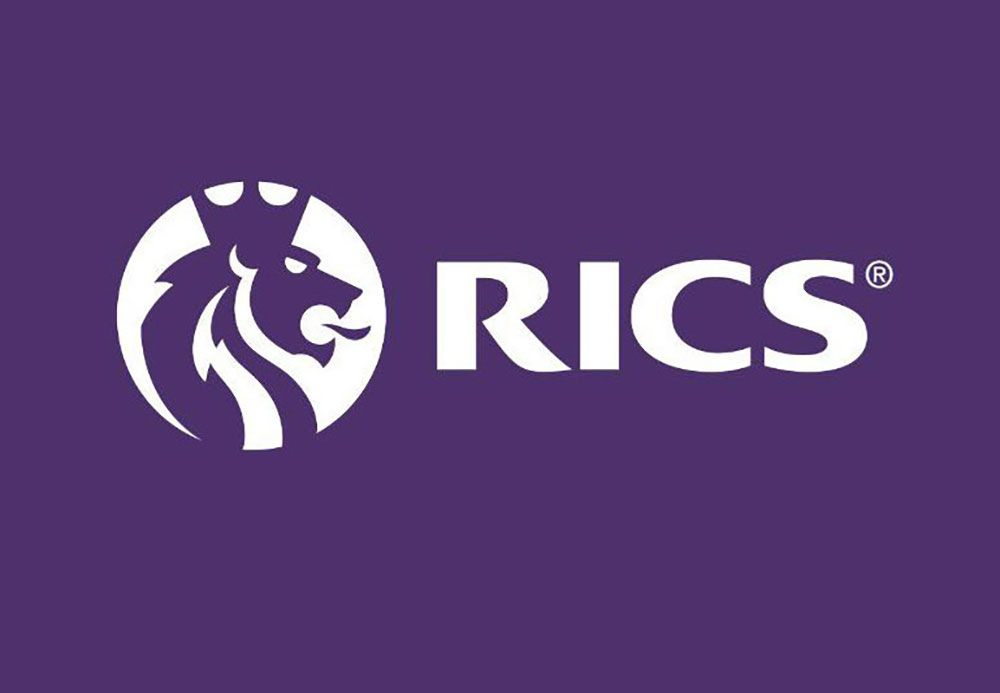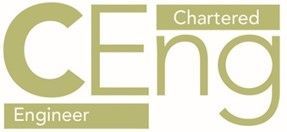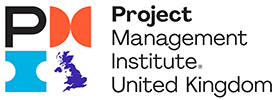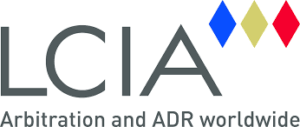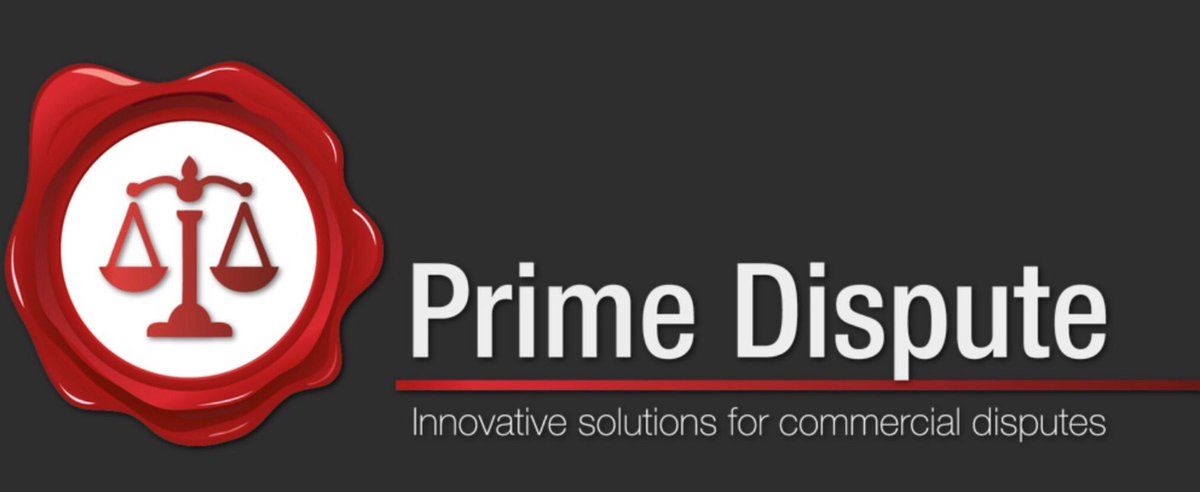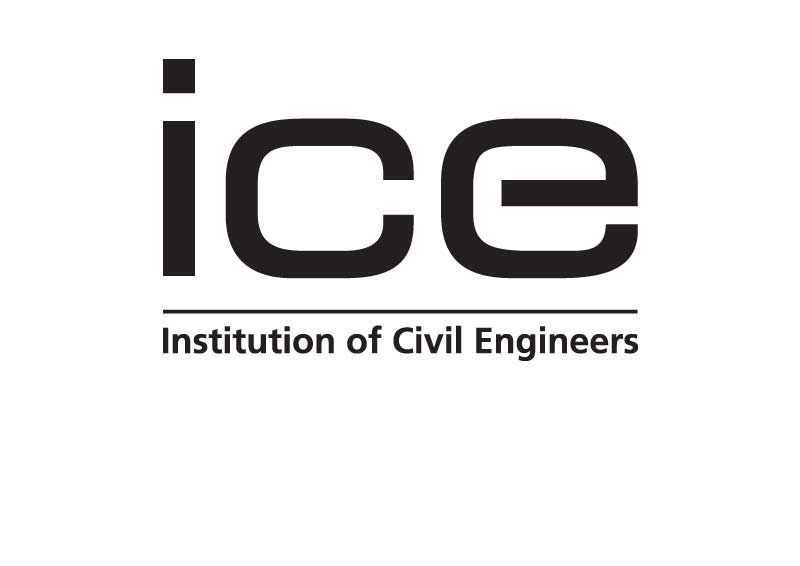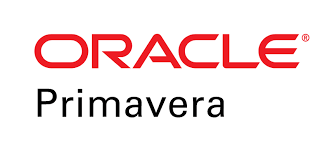12 August 2023
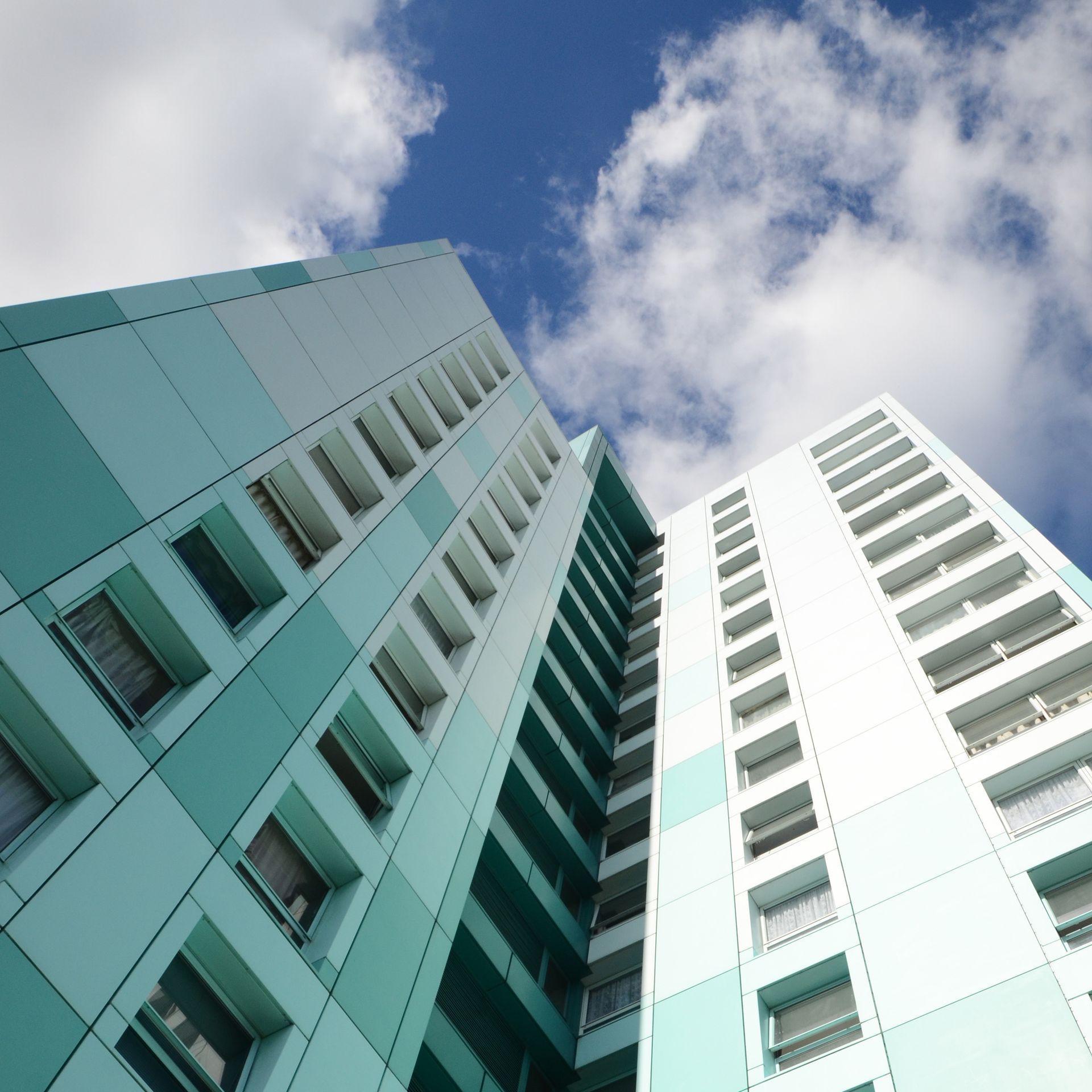
After lengthy enquiries, it became clear that there were multiple reasons why the fire spread so rapidly , but the main focus was on the cladding installed on the exterior of the building.
The metal cladding on Grenfell Tower was made from Aluminium Composite Panels (ACP) with a high-density polyethylene (HDPE) filler for insulation. The panels were also attached to the building with the same material. Unfortunately, this material is highly flammable , with a combustibility ratio of 25.
Burning HDPE is capable of producing enough heat to ignite any other HDPE in close proximity. Not only that, but during the thermal pyrolysis of HDPE, the solid material turns into a burning liquid . It can quickly drip down and ignite other materials below it. Add in the fact that aluminium is an incredible heat conductor, and conditions during the Grenfell fire were right for this metal to overheat the interior HDPE layer. When the aluminium melted and panels began to fall from the tower, the already hot HDPE easily caught fire as it was exposed to air. These reactions increased the size of the flames and speeded up the spread of the fire.
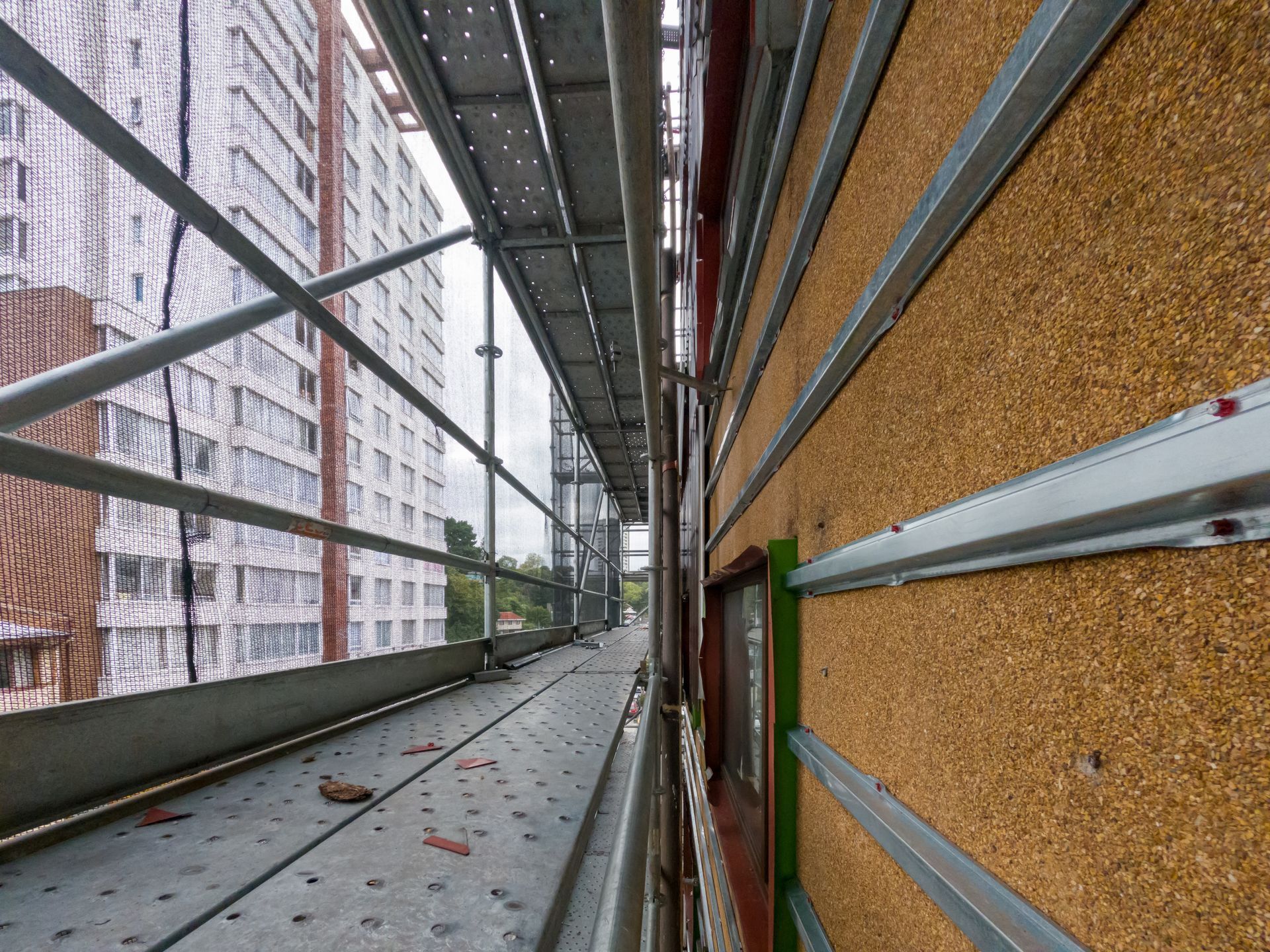
Not all cladding is unsafe. It can be used to increase insulation, reduce noise, protect building exteriors, and even improve fire resistance. As it lasts for a long time without needing repairs, it can also be relatively cost-effective.
However, the problem is that it isn’t always easy to identify what sort of cladding has been used and determine whether or not it is safe. Building owners may check building records, the operating and maintenance manual, or as-built drawings. The fire safety information might also contain details about the type of cladding. When none of these documents are available, owners can contact the developer, architect, or contractor (if known). If not, visual inspection may provide some clues, especially if labelling is visible.
Failing any of these options, owners are left with no choice but to hire professionals, such as fire engineers, to assess their buildings and provide reports that meet PAS 9980:2022 from the British Standards Institute and DLUHC. The DLUHC can also provide help if it is still not possible to determine what cladding is being used and whether or not it meets the criteria in BS EN 13501-1. The consequences for building owners and leaseholders are numerous:
- Many lenders will not provide remortgages to current owners/leaseholders with unsafe cladding or offer mortgages to anyone interested in buying such a property.
- The cost of finding out what type of cladding has been used can be high.
- Owners/leaseholders may face high costs associated with employing 24-hour fire wardens.
- There is a shortage of homes available to first-time buyers, and this problem has been exacerbated by the number of homes that aren't available due to unsafe cladding.
- The increased fear of fire experienced by anyone still living in a building with unsafe cladding undoubtedly causes psychological harm.
The Government’s actions have helped, and lenders are now more willing to lend because of the Building Safety Act. While this is a welcome step in the right direction, these problems will continue until all relevant buildings are remediated. There are clearly many in the House of Lords who feel that this work is taking far too long, based upon the debate on 14 th March 2023. Not only that, but it seems that there is no real agreement on just how many buildings in the UK are affected.
DAC Consulting Services can provide forensic engineering and expert witness services to assist with insurance and legal investigations as well as claims in relation to cladding.
Our experts are available to provide independent reports and root cause analysis. They can help courts and tribunals gain a clear understanding of complex cases.
Contact us or send us a message on our website to be put in touch with our team of experts.
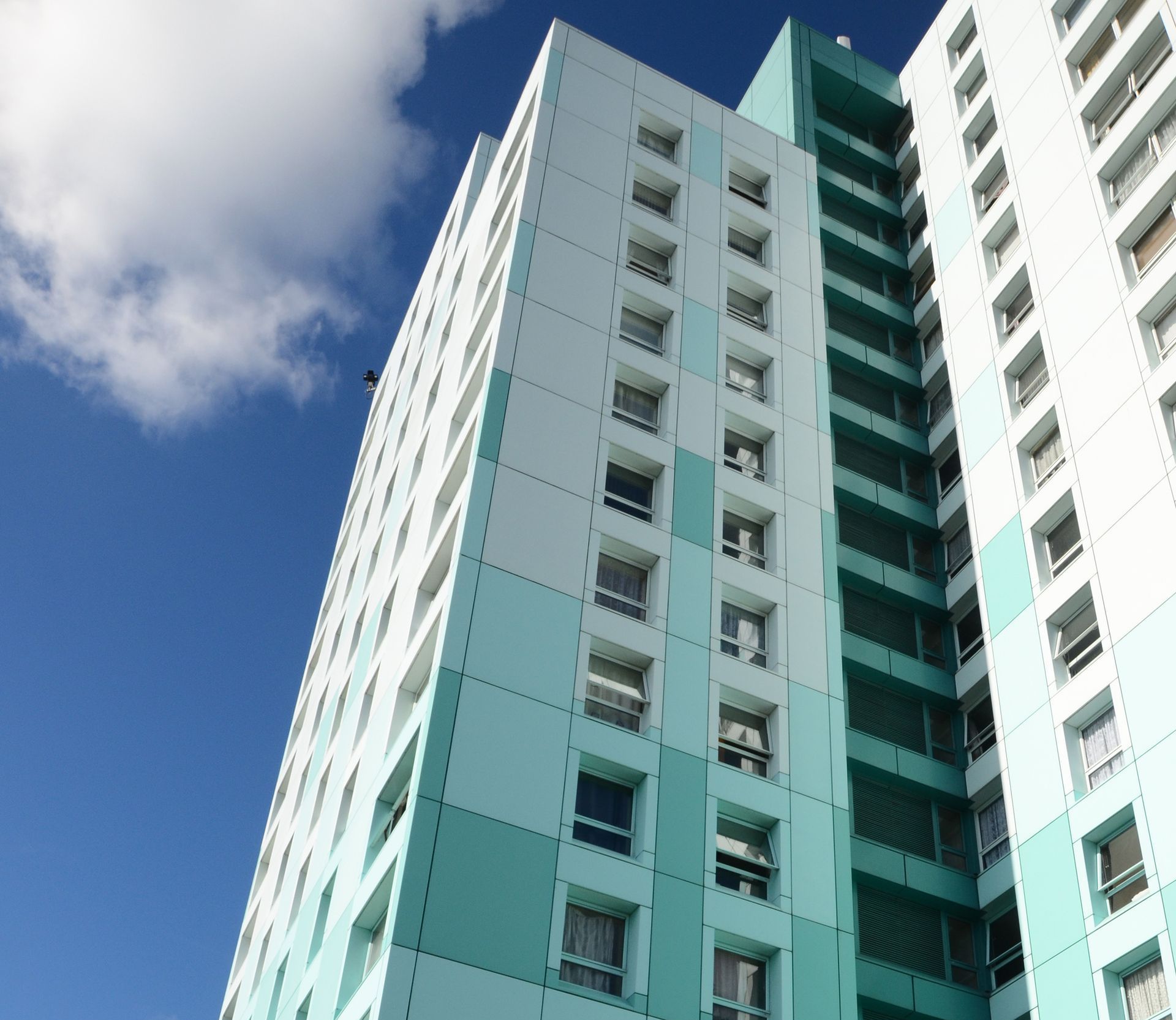



www.dac-consultingservices.co.uk https://www.linkedin.com/company/dac-consulting-services









